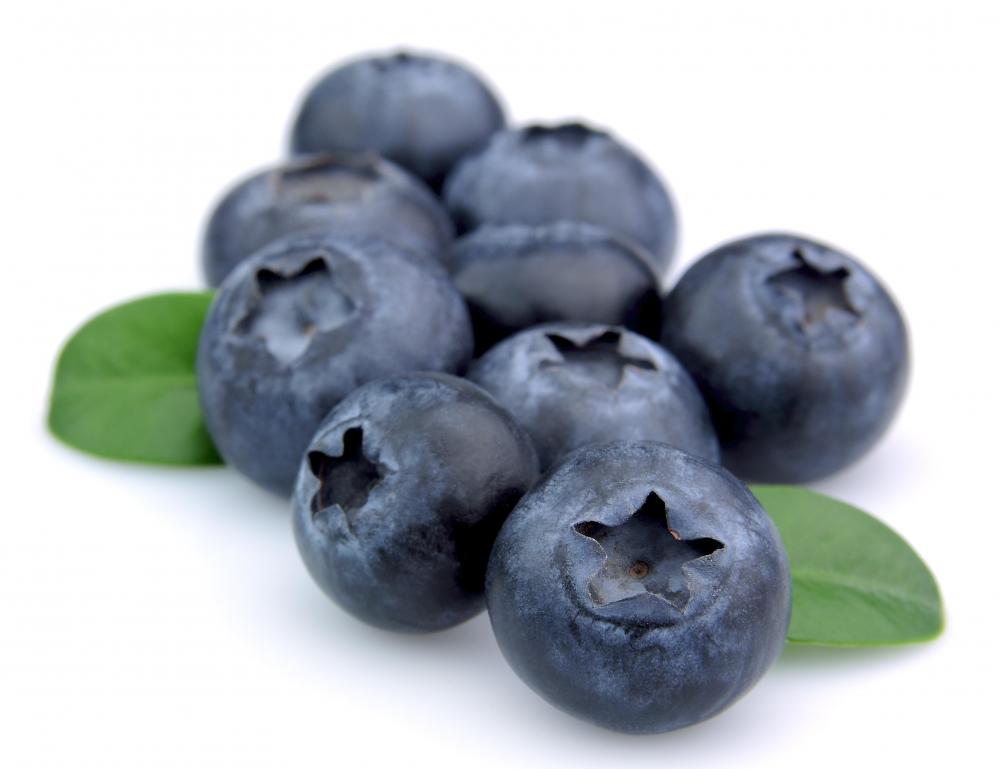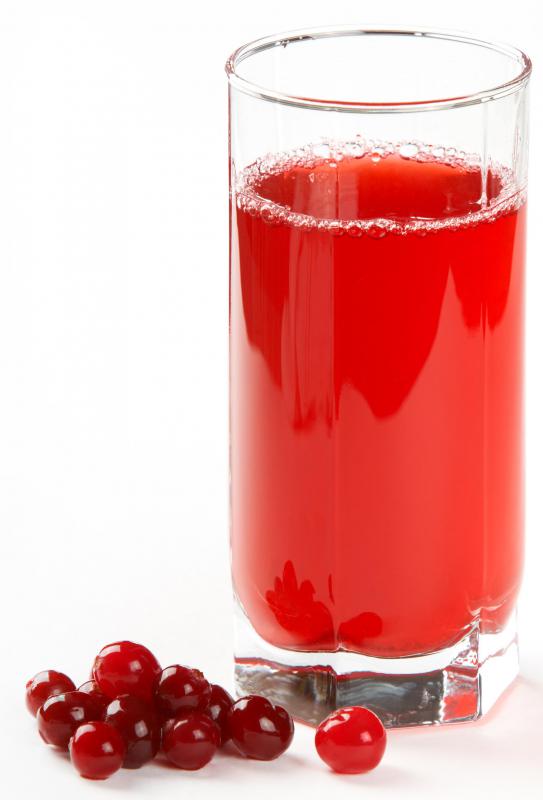At AllThingsNature, we're committed to delivering accurate, trustworthy information. Our expert-authored content is rigorously fact-checked and sourced from credible authorities. Discover how we uphold the highest standards in providing you with reliable knowledge.
What is a Bog?
A bog is a type of wetland characterized by a thick mat of partially decomposed plant material and highly acidic water. The conditions for bog formation are abundant in some regions of the Northern Hemisphere, which is where the majority of the world's bogs are found. In addition to being unique ecosystems, bogs have also been useful for humans for thousands of years, providing a source of fuel in the form of peat and food in the form of berries which grow on bog shrubs such as cranberries. Bogs also have cultural and religious significance in some parts of the world.
Bogs start out as slow moving rivers or ponds which are slowly taken over by sphagnum, a genus of moss which encompasses over 150 species. Cooler weather promotes bog formation, because the moss decays very slowly, sinking to the bottom of the bog while a layer of growing moss accumulates on top, restricting oxygen supplies to the lower water while also blocking heat. As a result, plant material decays very slowly, and the water becomes acidic.

Generally, bogs have poor drainage and no supply of fresh water other than rain. Over time, a bog will slowly fill in, creating ground on which shrubs and sometimes small trees can grow. A wide range of plant and animal species are adapted for bog living, including some lichens, turtles, berries, and carnivorous plants. Bog environments are also valuable because they can prevent flooding by acting as a buffer zone.

One of the more well known bog products is peat, the mass of partially decomposed plant material found abundantly in bogs. When dried, peat can be used as fuel or to enrich soil. Over time, bogs will turn into coal deposits if left alone in the right conditions. Many people are also familiar with cranberries, cloudberries, lingonberries, and huckleberries, all of which enjoy the bog environment. Sadly, extensive peat harvesting has irreparably damaged many bogs in Europe, forever changing the landscape.

Another well known byproduct of bog formation is so-called “bog bodies.” The slow rate of decomposition in bogs applies to bodies and other objects buried in them, and all sorts of things from ancient books to completely mummified people such as the Tollund Man have been found in bogs. This has been immensely helpful for archaeologists, since it provides a glimpse into the daily lives of people who lived thousands of years ago.
Frequently Asked Questions
What exactly is a bog?

A bog is a type of wetland ecosystem characterized by wet, spongy ground consisting primarily of peat, which is partially decayed vegetation. Bogs are typically acidic and have low nutrient levels, supporting a unique variety of plants and animals adapted to these conditions. They often form in cooler climates where precipitation exceeds evaporation, leading to waterlogged conditions.
How does a bog differ from other types of wetlands?
Bogs are distinct from other wetlands such as marshes and swamps due to their acidic waters, low nutrient content, and the presence of sphagnum moss, which plays a crucial role in creating the bog's unique environment. Unlike marshes and swamps, which are often influenced by flowing water, bogs generally receive water only from precipitation, contributing to their stagnant nature.
What kind of wildlife can be found in a bog?
Bogs support a specialized community of wildlife, including insectivorous plants like sundews and pitcher plants, which have adapted to the nutrient-poor conditions by trapping insects. Birds such as snipes and woodcocks may be found, along with amphibians like frogs and newts. The acidic, waterlogged environment also supports a variety of insects and unique microorganisms.
Are bogs important for the environment?
Yes, bogs play a critical role in the environment. They act as carbon sinks, storing vast amounts of carbon in their peat deposits, which helps mitigate climate change. Bogs also contribute to water purification by filtering pollutants and maintaining water quality. Furthermore, they provide important habitats for a range of species, many of which are rare or endangered.
Can bogs be found all over the world?
Bogs are found in various parts of the world, particularly in northern latitudes of North America, Europe, and Asia. They are common in countries like Canada, Ireland, Scotland, Scandinavia, and Russia. The distribution of bogs is closely tied to regions with high rainfall and cool temperatures, which are conducive to peat formation and preservation.
What are the threats to bog ecosystems?
Bog ecosystems face several threats, including drainage for agriculture, peat extraction for fuel and gardening, and climate change. These activities can disrupt the water balance and ecological functions of bogs, leading to loss of biodiversity and release of stored carbon. Conservation efforts are crucial to protect these sensitive habitats and the services they provide.
AS FEATURED ON:
AS FEATURED ON:














Discussion Comments
i needed to find out what a bog was for my report.
I read something in a fiction story a while back, and was curious if there was any grain of truth to it. Supposedly, once upon a time, Gypsies used to throw heavy items that they stole into bogs.
The story said that if you throw something large or heavy into a bog, you can throw something of equal size/weight into it. This will cause the pressure to become unequal, and as a result, the first object will shoot out.
Personally, I can't believe that this is anywhere near possible. Still, I can't help but wonder.
Post your comments